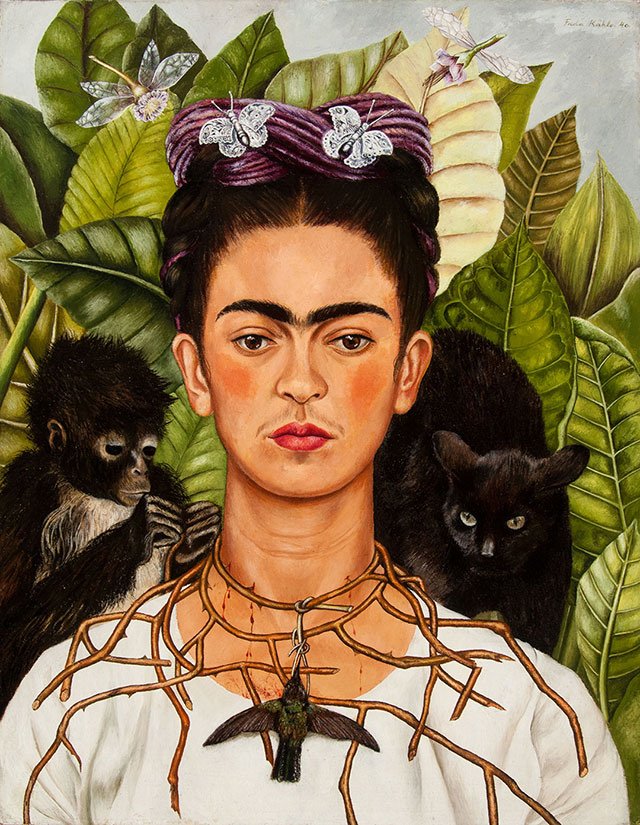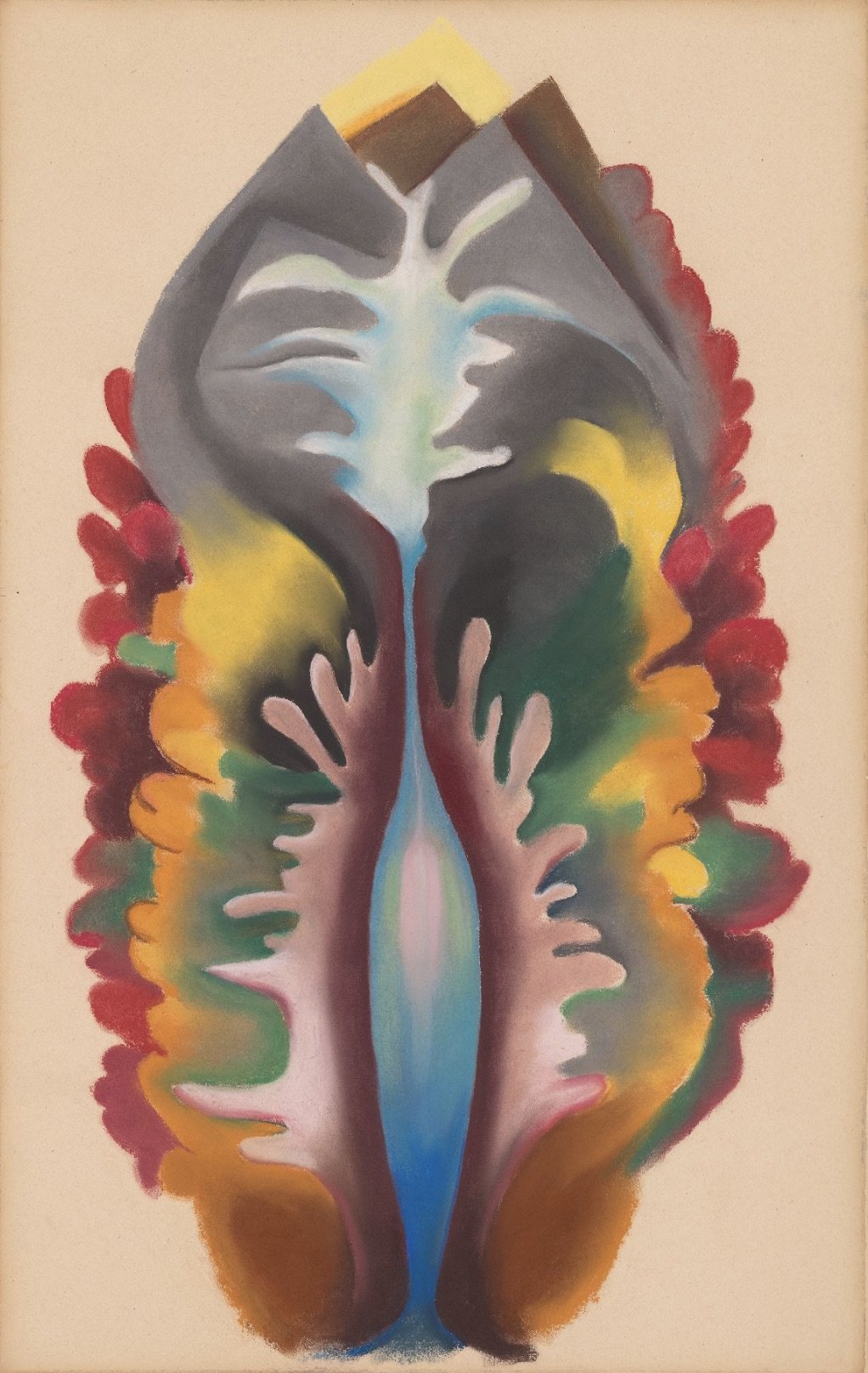International Women’s Month in the Art World
International Women’s Month is a time to celebrate and recognise the significant contributions of women to various fields, including the arts. Throughout history, women have made incredible strides in the arts, pushing the boundaries of what is possible and leaving an indelible mark on the cultural landscape.
Despite these achievements, women continue to face numerous challenges, including sexism, discrimination, and a lack of representation in many areas of the arts. As we reflect on the contributions of women to the arts during International Women’s Month, it is important to acknowledge the ongoing struggle for gender equality and work towards creating a more inclusive and equitable society for all.
Guerrilla Girls, Benvenuti alla biennale femminista! (from the series "Guerrilla Girls Talk Back: Portfolio 2"), 2005. Lithographic poster, 17 x 11 in.. National Museum of Women in the Arts, Gift of Steven Scott, Baltimore, in honor of Wilhelmina Cole Holladay; © Guerrilla Girls, Courtesy guerrillagirls.com.
Examining the work of influential figures like John Berger, renowned art critic and writer of the influential book “Ways of Seeing”, allows us to contribute to this fight. Berger’s work has been praised for its insights into the art world, but it has also been widely criticised for its troubling misogyny.
Throughout his career, Berger’s criticism portrayed women as passive objects of male desire, reducing their worth to their physical appearance and reinforcing harmful gender stereotypes. By perpetuating a culture of misogyny through his writing, Berger's work has contributed to the patriarchal power structures that have long dominated the art world and beyond. While it is important to acknowledge Berger's undeniable talent and influence, it is equally essential to confront the problematic aspects of his work and to continue fighting for a more equitable and inclusive society.
John Berger’s “Ways of Seeing.” Courtesy Penguin.
In contrast to the views perpetuated by cultural tastemakers and figureheads like Berger and many others like him, women have been creating art for centuries. Yet their contributions have been, and continue to be overlooked or undervalued.
Linda Nochlin’s essay “Why Have There Been No Great Women Artists” challenged the idea that the lack of women artists achieving greatness was due to their inherent inferiority but rather due to systemic barriers in education and institutional publicity. In her essay, she correctly observed how throughout history, women did not have the same opportunities to study and practice art as men. Art schools and professional organisations were often exclusive to men, and women were not allowed to attend or were discouraged from doing so. This limited their ability to develop their artistic skills and knowledge, preventing them from networking and exhibiting their work in the same professional or creative environments.
Cover for the 50th anniversary edition of Linda Nochlin’’s “Why Have There Been No Great Women Artists?”. Courtesy Thames & Hudson.
Even when women did receive some formal art education, their work was often dismissed and viewed as merely a hobby or, at best, a form of decorative art. Consequently, women artists were rarely recognised as serious professionals who could add value to the field. This was partly because women’s art often dealt with domestic or personal themes which were considered as less essential or universal than “serious” subjects - namely religion and history painting traditionally reserved for male artists.
Moreover, male critics and collectors dominated the art market and, due to gender bias, were more likely to champion the work of their male peers than female artists. Thus women artists were unlikely to be as widely recognised or appreciated and were relegated to the margins of the art world.
Today, women continue to face barriers in the art world. According to a study by the National Museum of Women in the Arts, despite making up more than half of visual artists today, women are significantly less displayed than their male counterparts [1]. Artwork by women sells for considerably lower prices than men’s, with women artists receiving only 81 cents for every dollar earned by male artists at auction. Furthermore, women continue to be underrepresented in galleries and museums. This lack of representation limits the visibility and success of female artists and perpetuates a narrow and male-dominated narrative of art history.
Despite such obstacles, many women artists have significantly contributed to the art world and are slowly but surely gaining the recognition they deserve. For example, Old Master painters such as Artemisia Gentileschi and Elisabeth-Louise Vigée Le Brun have come to the fore.
Artemisia Gentileschi, Self Portrait as Saint Catherine of Alexandria, ca. 1615-17. National Gallery London.
Today Artemisia’s remarkable paintings are now regarded as being on par with their contemporaries, particularly after the National Gallery, London’s monumental solo exhibition of her work in 2021. This is especially impressive given the historical inequalities - women had to fight to be taken seriously as artists and to gain the recognition they deserved.
It is well known that Artemisia Gentileschi’s life was not easy, as she endured sexual violence and a highly publicised trial. While her talent and determination helped her to gain recognition and success in her lifetime, it is impossible to ignore the sexual violence she endured and how patriarchal power structures have affected the recognition of her work. Gentileschi’s father, a painter, played a significant role in her training, but her early powerful and intense works depicting female protagonists reflect her artistic vision and skill.
Despite her undeniable talent and success, Gentileschi’s experiences serve as a reminder of the ongoing struggle for gender equality and the need to challenge the patriarchal attitudes that continue to pervade the art world. Today, she is rightly recognised as one of the most influential female artists of the Baroque period. Still, her life story also highlights the urgent need to address issues of misogyny and gender discrimination in the arts.
Elisabeth-Louise Vigée Le Brun, Self Portrait in a Straw Hat, 1782. National Gallery London.
Elisabeth-Louise Vigée Le Brun was a highly successful French painter during the late 18th and early 19th centuries, known for her portraits of the French aristocracy. While her elegant and refined style was undoubtedly impressive, it is vital to acknowledge the role that gender expectations played in her success.
Like many female artists of her time, Vigée Le Brun had to navigate a male-dominated art world that often relegated women to the sidelines. To succeed, she had to conform to the traditional gender roles, creating ideal images of her subjects that reinforced the stereotypes that kept women in subordinate positions. While Vigée Le Brun’s achievements should be celebrated, it is also important to recognise how her success was limited by the patriarchal power structures that dominated her era.
Frida Kahlo, Self-Portrait with Thorn Necklace and Hummingbird, 1940. Harry Ransom Center, University of Texas, Austin.
Looking at those working in the twentieth century Frida Kahlo is undoubtedly one of the most significant names in the game. She is an artist known for her powerful self-portraits that profoundly impacted the art world. However, with all her talent and determination, even Kahlo was not immune to the effects of misogyny in the art world. In her lifetime, she struggled to gain recognition and faced countless barriers due to her gender, race, and class.
Despite this, Kahlo’s work continues to be celebrated and has inspired generations of artists, particularly women, to use art as a form of self-expression and political activism. Kahlo’s legacy continues to grow in many areas within the broader art world, including feminist art, Chicano art, and the art of the global south.
Georgia O’Keeffe, Abstraction, Seaweed and Water - Maine, 1920. Georgia O’Keeffe Museum.
Georgia O'Keeffe’s accomplishments as an artist cannot be denied, but her journey was not without its challenges. Despite her groundbreaking work, O'Keeffe often had to contend with male critics who sought to sexualise her art and reduce her to her gender. This type of objectification still is a common experience for many women in the art world. However, O’Keeffe’s success and influence helped to pave the way for future generations of female artists to break through the barriers of a male-dominated art world. Through her innovative and groundbreaking depictions of nature, O’Keeffe challenged traditional gender roles in her professional work and personal life. More specifically, she demonstrated that women could be just as powerful and influential in the arts as their male counterparts. Her work remains a testament to the importance of gender equality in the arts and beyond.
Exterior shot of The National Museum of Women in the Arts, Washington, DC. Photo credit: Cameron Robinson.
In response to these challenges, several organisations, including the Women's Caucus for Art and the National Museum of Women in the Arts, emerged to support and promote female artists by providing resources and opportunities to showcase their world, advocating for women’s careers in the arts, and recognise women’s contributions to the arts through educational programs, research, exhibitions, and publications. Another important organisation is AWITA. This a New York and London-based organisation empowers women in the arts through education and networking opportunities.
Fundamentally, International Women's Month provides an opportunity to reflect on the contributions of women to the art world and to acknowledge the ongoing struggle for gender parity. Women have been creating art for centuries, yet their contributions have often been overlooked or undervalued.
Even today, women face barriers in art, including underrepresentation in galleries and museums and earning less than male artists. In the face of such hardships and consistent and continued inequalities, the work of women artists from history has inspired generations of artists, particularly women, to use art as a form of self-expression and political activism. Their success has helped to break down barriers for women in the art world and promote gender equality. By continuing to support and uplift the work of female artists, we can help to create a more inclusive and equitable cultural landscape.
Footnotes:
National Museum of Women in the Arts, “Get the facts”, accessed March 2023, https://nmwa.org/support/advocacy/get-facts/.
Emilie Wille
Contributing Writer, MADE IN BED









